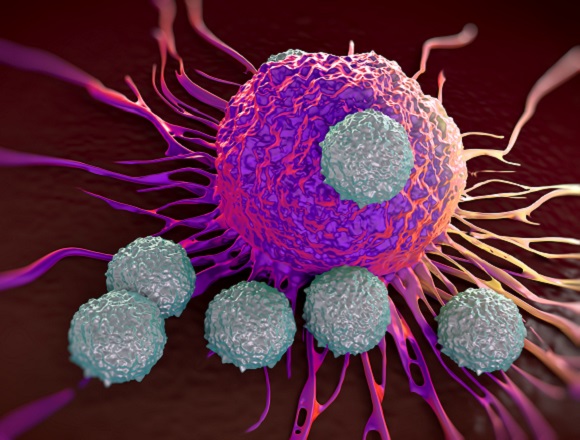Mohannad Abu-Hilal, MD, is an associate professor of Medicine and head and of the Dermatology Division at McMaster University.
In individuals with light-toned skin types it is easy to notice skin lesions such as erythema. Does the physical examination for rashes differ between people with different skin tones/diverse skin colors?
That is a great point and a great question. A lot of us, physicians, are used to assess rashes in people with very light skin—would we call them Caucasian or white skin. In those patients, yes, it is easy to look for what we call erythema, which basically means redness of the skin or red patches.
[It becomes a challenge] in people with a [different] skin color. When you are assessing patients with darker skin, sometimes it’s really, really hard to tell [if] those patches are red—are what we call the erythema—and that actually creates a bit of a challenge. We know this, we’ve seen this with a lot of patients with darker skin. They are underdiagnosed because of this issue.
Two things. I think it’s important to educate ourselves and educate our colleagues, the new generation, about how those patients with darker skin present. How can we appreciate those symptoms in the absence of the classic redness in their skin? And also—this is also important—it’s important to emphasize the role of skin biopsies. In a lot of these patients where you are not able to differentiate this clinically, the skin biopsy would be very, very helpful. We usually like to do more skin biopsies if we are not sure, including in patients with darker skin.
 English
English
 Español
Español
 українська
українська






